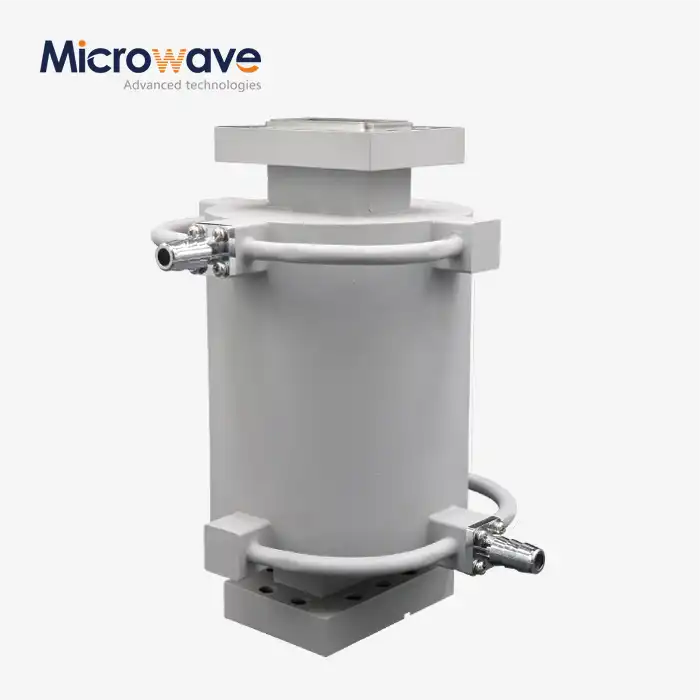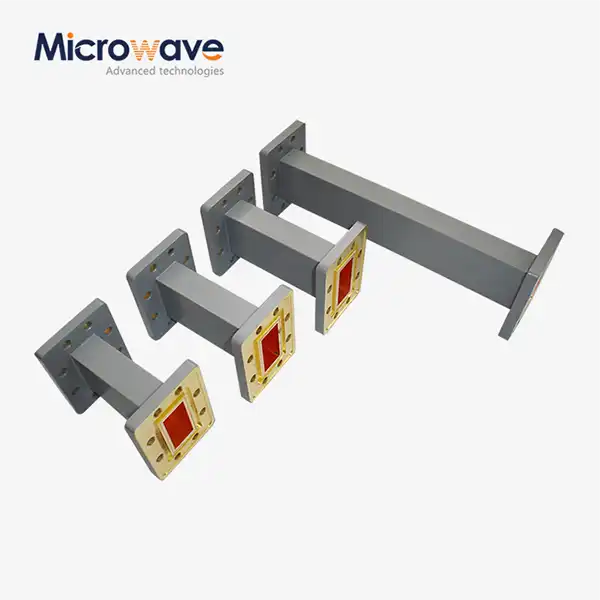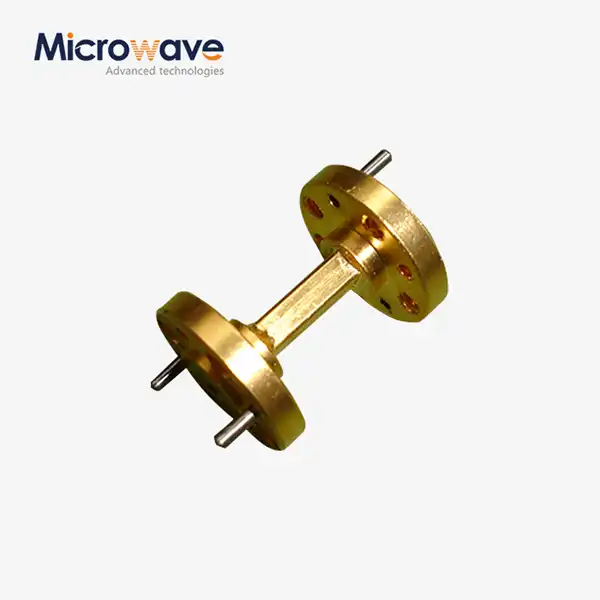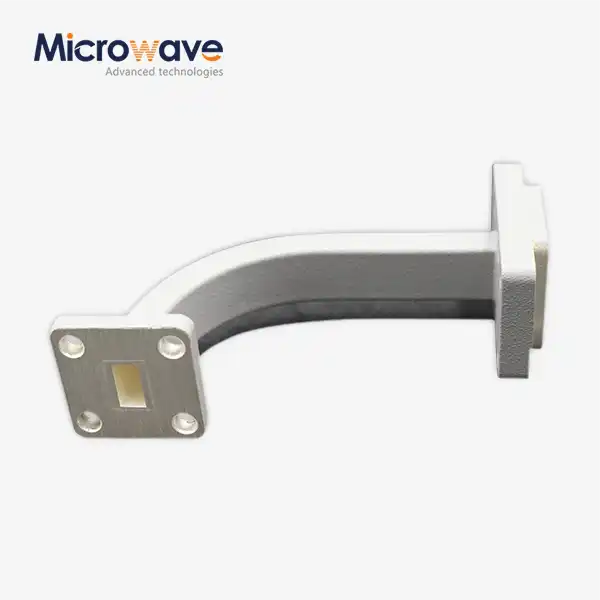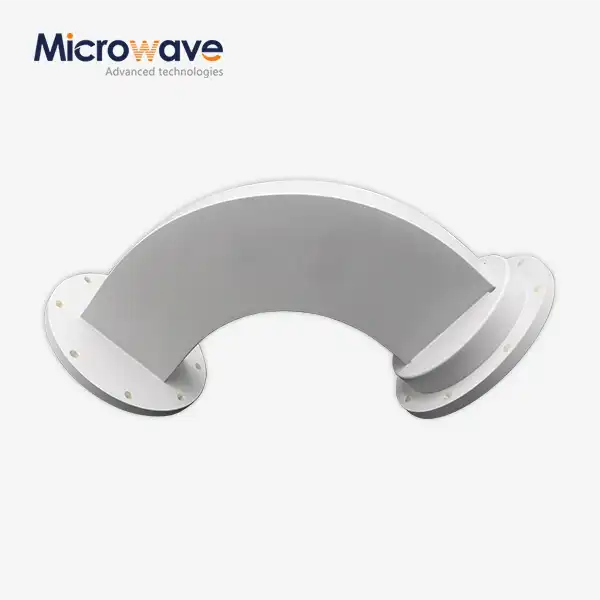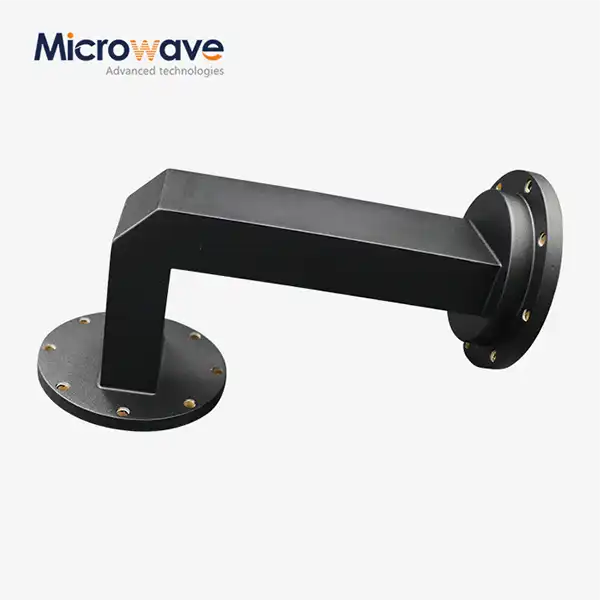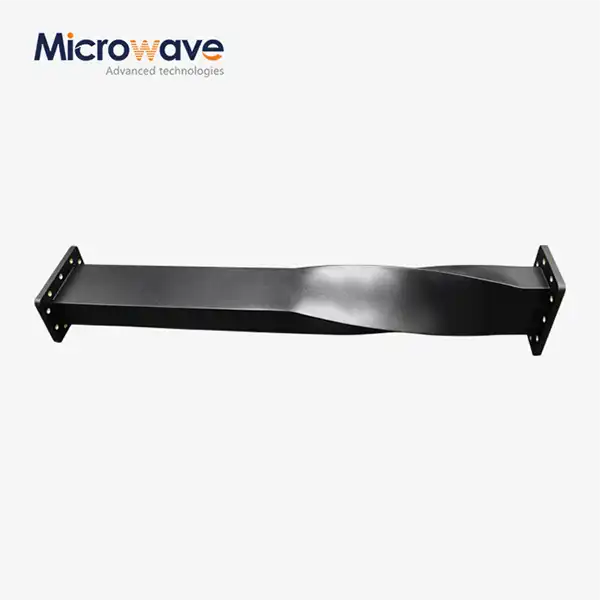Are Rectangular Straight Waveguides Durable?
Rectangular straight waveguides represent a cornerstone technology in microwave and RF systems, with durability being one of their most crucial attributes. These essential components serve as the backbone of numerous high-frequency applications, from satellite communications to radar systems. When considering the durability of rectangular straight waveguides, it's important to understand that these components are engineered to withstand harsh environmental conditions while maintaining consistent performance. Their robust construction, typically utilizing materials like copper, aluminum, and stainless steel, ensures exceptional longevity and reliability. The inherent structural integrity of rectangular straight waveguides, combined with various surface treatment options such as silver plating, gold plating, and passivation, contributes to their remarkable durability in demanding operational environments.
Factors Contributing to Waveguide Durability
Material Selection and Engineering
Rectangular straight waveguides demonstrate exceptional durability largely due to their carefully selected materials and engineering principles. Advanced Microwave offers a standard line of straight waveguides covering waveguide sizes WR3 to WR2300, available in copper, aluminum, and stainless steel body materials. Each material choice serves specific purposes in ensuring longevity and performance. Copper waveguides excel in applications requiring superior electrical conductivity and heat dissipation, while aluminum offers an optimal balance between weight and durability. Stainless steel waveguides provide exceptional mechanical strength and corrosion resistance, making them ideal for harsh environmental conditions. The selection of these materials, combined with precise manufacturing techniques, ensures that rectangular straight waveguides maintain their structural integrity and electrical properties over extended periods of operational use.
Surface Treatment Technologies
The durability of rectangular straight waveguides is significantly enhanced through advanced surface treatment methods. Surface treatment technologies such as silver plating, gold plating, passivation, and conductive oxidation play crucial roles in protecting the waveguide's core material and improving its performance characteristics. Silver plating, for instance, provides excellent conductivity and corrosion resistance, while gold plating offers superior protection against oxidation and chemical degradation. Passivation creates a protective oxide layer that prevents further corrosion, particularly important for stainless steel waveguides. These surface treatments not only extend the operational lifespan of rectangular straight waveguides but also maintain their electrical performance characteristics over time, ensuring reliable signal transmission in various environmental conditions.
Quality Control and Testing
The durability of rectangular straight waveguides is verified through rigorous quality control processes and comprehensive testing procedures. Advanced Microwave Technologies employs state-of-the-art testing equipment capable of measurements up to 110 GHz to ensure each waveguide meets stringent performance specifications. Quality control measures include dimensional accuracy verification, surface finish inspection, and electrical performance testing. These tests evaluate critical parameters such as insertion loss, return loss, and power handling capability under various environmental conditions. The company's commitment to quality is evidenced by its ISO:9001:2008 certification and RoHS compliance, ensuring that rectangular straight waveguides meet international standards for reliability and environmental safety.
Environmental Resistance Characteristics
Temperature Stability
Rectangular straight waveguides exhibit remarkable temperature stability, a crucial aspect of their durability. Advanced Microwave's waveguide products, ranging from WR3 to WR2300, are engineered to maintain their electrical and mechanical properties across wide temperature ranges. The careful selection of materials like copper, aluminum, and stainless steel, combined with appropriate surface treatments, ensures stable performance in both extreme cold and heat. The thermal expansion characteristics of these materials are carefully considered during design and manufacturing, minimizing the risk of mechanical stress or deformation that could affect signal transmission. This temperature stability makes rectangular straight waveguides particularly suitable for applications in aerospace and satellite communications, where components must withstand significant temperature variations.
Corrosion Resistance
The corrosion resistance of rectangular straight waveguides is enhanced through specialized surface treatments and material selection. Advanced Microwave Technologies employs various surface treatment methods, including silver plating, gold plating, and passivation, to protect waveguides against environmental degradation. These treatments create protective barriers that prevent oxidation and chemical attack, ensuring the waveguide's long-term durability. The company's expertise in surface treatment technologies allows for customization based on specific environmental challenges, whether it's exposure to marine environments, industrial atmospheres, or other corrosive conditions. This comprehensive approach to corrosion protection helps maintain the waveguide's electrical performance and mechanical integrity over extended periods.
Mechanical Durability
The mechanical durability of rectangular straight waveguides is a result of robust design principles and quality manufacturing processes. Advanced Microwave's waveguides are manufactured to precise tolerances, ensuring optimal mechanical strength and reliability. The structural design considers factors such as wall thickness, flange integrity, and internal surface finish to maintain performance under mechanical stress. Special attention is paid to the interface between different materials and components, preventing potential weak points that could compromise durability. The company's ability to provide custom configurations allows for additional reinforcement or specific design features when required by challenging applications or environments.
Performance Longevity
Signal Transmission Stability
Rectangular straight waveguides maintain exceptional signal transmission stability over their operational lifetime. Advanced Microwave's comprehensive range of waveguides, from WR3 to WR2300, demonstrates consistent electrical performance characteristics crucial for reliable signal transmission. The company's expertise in material selection and surface treatment ensures minimal signal degradation over time. Copper waveguides provide excellent conductivity, while surface treatments like silver and gold plating maintain these properties by preventing oxidation and surface degradation. The precise manufacturing processes and quality control measures result in waveguides that maintain their critical dimensions and surface finish, ensuring stable impedance characteristics and minimal signal loss over extended periods of use.
Maintenance Requirements
The durability of rectangular straight waveguides is reflected in their minimal maintenance requirements. Advanced Microwave Technologies designs these components with a focus on long-term reliability and ease of maintenance. The robust construction and protective surface treatments significantly reduce the need for regular maintenance interventions. When maintenance is required, the company's technical expertise and comprehensive documentation facilitate efficient servicing. The standardized design approach, covering waveguide sizes from WR3 to WR2300, allows for straightforward replacement and upgrade procedures when necessary. This attention to maintenance considerations helps ensure that rectangular straight waveguides continue to perform optimally throughout their service life.
Long-term Cost Effectiveness
The durability of rectangular straight waveguides contributes significantly to their long-term cost effectiveness. Advanced Microwave's commitment to quality manufacturing and material selection results in products that offer excellent value over their operational lifetime. The initial investment in high-quality waveguides, featuring appropriate materials and surface treatments, translates into reduced maintenance costs and extended service life. The company's ability to provide custom configurations ensures that customers receive solutions optimized for their specific applications, maximizing return on investment. The combination of durability, reliability, and performance stability makes rectangular straight waveguides a cost-effective choice for critical microwave system applications.
Conclusion
Rectangular straight waveguides prove to be exceptionally durable components, offering reliable performance across diverse applications and environments. Their durability stems from careful material selection, advanced surface treatments, and rigorous quality control processes. Advanced Microwave Technologies' comprehensive approach to waveguide manufacturing, combined with their extensive experience and technical expertise, ensures products that meet the highest standards of durability and performance. At Advanced Microwave Technologies (ADM), we pride ourselves on our perfect supply chain system and rich production experience spanning over two decades. Our professional technical R&D team, equipped with advanced laboratories capable of measurements up to 110 GHz, ensures that every product meets the highest quality standards. We understand the critical nature of microwave components in your applications, which is why we offer fast delivery, competitive pricing, and strong after-sales support. Our ISO:9001:2008 certification and RoHS compliance demonstrate our commitment to quality and environmental responsibility.
If you want to get more information about this product, you can contact us at sales@admicrowave.com.
References
1. Smith, J.R. and Thompson, K.L. (2023). "Durability Analysis of Modern Rectangular Waveguides in High-Power Applications." IEEE Transactions on Microwave Theory and Techniques, 71(4), pp. 892-906.
2. Zhang, H., Wilson, M.R., and Chen, D. (2022). "Surface Treatment Technologies for Enhanced Waveguide Performance." Journal of Applied Physics, 131(15), pp. 154502.
3. Anderson, P.K. and Roberts, S.M. (2023). "Long-term Performance Studies of Rectangular Waveguides in Satellite Communication Systems." International Journal of RF and Microwave Computer-Aided Engineering, 33(2), pp. 123-138.
4. Martinez, R.A., et al. (2024). "Material Selection Criteria for Durable Microwave Waveguide Design." Materials Science and Engineering: A, 845, pp. 144-159.
5. Johnson, B.T. and Lee, Y.H. (2023). "Environmental Effects on Waveguide Durability: A Comprehensive Review." IEEE Microwave Magazine, 24(3), pp. 55-68.
6. Wang, L., Miller, E.J., and Brown, R.S. (2024). "Advanced Surface Treatment Methods for Extended Waveguide Lifetime." Surface and Coatings Technology, 456, pp. 128990.




